Behind the Scenes With: Tara Viggo Of Paper Theory Patterns
In the last six years since we first collaborated there has been an explosion of newcomers to the indie pattern industry. How has this affected Paper Theory?
It’s amazing how much the sewing scene has changed in such a short time! I could never have guessed it. Competition in the market has grown hugely, which of course has affected my business, but at the same time, the actual market and the number of people who are sewing has also grown over the last six years. I think the sewing market is now entering its third wave of flux: the Covid sewing boom has settled, and as people return to their outdoor hobbies, the urgency to sew has calmed down.
This shift is also starting to reveal which of the newer sewing and pattern businesses are built on genuine passion for the craft, and which were perhaps more motivated by the growing market and healthy profit margins. Some businesses that jumped on the bandwagon during the boom are now struggling as the tides have turned, whereas those with deeper roots in the sewing community seem to be weathering the change more steadily.
I absolutely believe that there is enough room for all of us indie pattern designers. Our market is now large and varied, our customers all want different things, so we as designers can specialise in our own niches and cater to different demands. At the end of the day more choices for our community is a good thing! For Paper Theory, the growth of competition hasn’t been so much of a hurdle as things like the Brexit trading restrictions were, the price of international shipping relentlessly creeping up, constantly getting shadow banned on social media etc. These days I’m more conscious than ever about ensuring that the patterns I create are thoughtful, high-quality, and genuinely useful — not just responding to trends, but offering lasting value. It’s a more competitive environment now, but it’s also an exciting one, with a bigger and more passionate sewing community than ever before.
You have recently relocated back home to New Zealand. What has this been like for you and your family? How has the move affected your business?
The move to New Zealand has had more of an impact on my business than I initially expected — mostly because I assumed that, as a digital business, location wouldn’t matter. But I definitely underestimated how much London shaped my day-to-day life. The energy of the city, the people I collaborated with, and the creative community I was part of all brought a momentum and inspiration that’s hard to replicate elsewhere. Being in the heart of such a vibrant, fashion-forward city was incredibly inspiring.
That said, the personal benefits of returning to New Zealand have far outweighed any of that. Being close to family, surrounded by fresh air, big skies, and beaches has been exactly what we needed for this phase of life. Right now, my focus is on living a slower, more grounded life and settling into motherhood — and that’s so much easier to embrace in small-town New Zealand. I do miss having easy access to all the amazing fabric shops, though!
Describe your normal working day.
It’s haphazard at best — and I could definitely do with better routines, to be honest! Over the past two years, I didn’t have a consistent amount of time to spend in the studio. I was squeezing bits of work in around childcare, and I also dealt with some health issues (thankfully now resolved). On top of that, I teach occasionally and serve on the committee for our local fashion week here in Dunedin (iD Dunedin Fashion), which keeps me pretty busy.
All of that meant Paper Theory had to take a bit of a back seat for a while. My output of new patterns has been low, and my email response time has been glacial — but that’s just the way it had to be at the time.
Now that my daughter has started school, I finally have more space to focus on Paper Theory again. I work from a studio space in my home, usually handling admin and emails in the mornings. I wrap up around 2 p.m. to pick her up from school, and it’s family time until about 9 p.m. After that, I begin my second shift of the day — that’s when I do my sewing. I prefer working late at night, when the house is quiet. I’m easily distracted during the day, so those peaceful late hours are when I can really dive into creative work.
How does it feel to be doing what you love?
I feel incredibly lucky to be in control of my day to day life. Having the power to make business choices that align with my personal values is rare and I don’t take it for granted. I’m incredibly lucky to have fostered a community of customers who share many of the same values in life that I do, so I don’t have to choose between profit or people. My customers are trying to move the world in the same direction as me.
Everyone told me running a creative business would be 90% admin, 10% doing what you love and it turns out they were right! I haven’t found a way around avoiding all the technical stuff yet so I do spend a huge amount of time doing things I don’t particularly like and doing things I’m not particularly good at either (like fixing broken website links and retrieving missing files or orders instead of being creative). But I still wouldn’t change it.
What are the hardest aspects of owning your own business?
Managing myself. I’m a terrible employee. If the weather is good I will end up at the beach or doing some weeding in the vege patch instead of looking at my work to-do list. Without having anyone to answer to I tend to get carried away on different creative tangents and I have hundreds of half finished ideas lurking in my studio.
What do you enjoy the most?
Getting positive feedback from customers! I once received a heartfelt email from a woman in her 60s who said she cried (happy tears) after trying on a garment she made using one of my patterns. She told me that, for the first time in her life, she felt “cool.” She had always struggled to find clothing in mainstream fashion stores that fit her but the top she made fit her perfectly and hit that sweet spot — stylish but not so bold that it made her feel self-conscious.
It means so much to me to be able to provide something that can genuinely improve someone’s life and it’s why I stick at this. I know that some people think of fashion and clothing as superfluous or even frivolous, and might roll their eyes at the idea that clothes can be transformative. But how we feel about ourselves when we step out into the world is huge — and clothing plays a big role in that confidence. Mainstream fashion often excludes so many people, and I feel incredibly grateful that I have the skills to help fill that gap.
What are your most successful 3 patterns? What do you think makes them popular?
The Zadie Jumpsuit is by far the most successful pattern. 6 years after release it still sells more than all of my other patterns combined together. I think its success was partly due to good timing and it hit the internet zeitgeist, but its most popular feature is that it just works well on so many different bodies, everyone looks good in it, everyone feels comfortable in it and it’s quite straightforward to sew without needing any complex knowledge of fitting. The second most successful pattern is the LB Pullover – I think it’s successful because it’s just such a good wardrobe staple. Those simple patterns are often overlooked and not given much finesse but I spent a long time perfecting that very simple pattern. The Olya shirt is also really popular. It’s on the opposite end of the sewing spectrum to the LB Pullover. It’s a difficult sewing pattern with unusual lines and it’s really fun to play around with stripe directions or colour blocking, so I think it’s popular for more advanced sewers as it gives them a chance to flex their skills and creativity.
Tell us about your process, from idea to pattern.
All of my ideas come from gaps in my own wardrobe — when I find myself reaching for something that doesn’t exist, that’s when I know it’s time to start working on a new pattern. For example, we’re heading into winter here in New Zealand, and lately I’ve been wanting a casual, flowy dress that feels suitable for a formal lunch with friends, but still comfortable enough for the school run. It needs long sleeves and a high neckline because it’s cold now. I’m not exactly sure what the dress looks like yet, but I’m working through ideas until I find the right solution.
Since I’m a size 18 — right in the middle of my size range — I use myself as the first fit model. Once I’ve landed on a new design, I wear it for a few months. If it becomes something I can’t live without, then I know it’s worth putting into production. A lot of ideas never make it that far!
Once I’ve settled on a design, I start refining the pattern — usually going through five to ten iterations. When I’m happy with it, I digitize the pattern using Gerber, a computer-based pattern-making software that makes it easy to collaborate with my graders in London. My graders are brilliant — true specialists. I actually worked with them back when I was a freelance pattern cutter in the fashion industry, and they also grade for several London Fashion Week designers.
Even with that expertise, grading is probably the most time-consuming and involved step. After the pattern is graded, I sew and fit the garment on multiple sizes across the range, since different sizes often need fine-tuning after the initial grading. Once the fit is final, I complete the pattern and instructions, and then send it out to a few testers from the sewing community.
I work a bit differently from other indie pattern brands in that I do all of the fit testing on models myself before the pattern goes out into the world. Testers are really my final check. It’s rare that they need to give fitting feedback — instead, we’re mainly making sure the instructions are clear, easy to follow, and include everything a home sewer would need.
Who is your customer and how do they find you?
My customers are mostly women aged 30 to 60, predominantly in the Northern Hemisphere — at least according to my website analytics. They’re often people who are sustainably minded and value quality over quantity. Most have discovered Paper Theory through Instagram, and as the platform grew, so did my audience. The growth has always been quite organic — I’ve never done any traditional advertising. But as the social media landscape continues to shift, many of my customers are spending less time online, which means finding new ways to connect with them will be one of my biggest challenges in the years ahead.
Do you have a mentor who guides you?
No, not at the moment. I’ve worked with mentors in the past in a personal capacity and found it really valuable. I’ve also been a mentor myself to fashion school graduates at various points, which I’ve really enjoyed. So perhaps it’s something I should consider again — it can be incredibly helpful to have that kind of support and perspective.
What are your plans for this year? Are you intuitive with where you are heading, or are you a rigid planner?
I’m definitely not a rigid planner. I usually start the year with a list of goals and loosely map them out across the four quarters — but I don’t think I’ve ever reached the last quarter still following the original plan! This year, I’m hoping to release some new patterns — mainly because I’ve got a lot of gaps in my wardrobe at the moment and I’m struggling to find the right thing to wear each day. I’m also planning to start sharing some technical and fitting videos on YouTube. I’d like to diversify away from Instagram a bit, and I think there’s a real gap when it comes to accessible pattern-cutting knowledge online.
What does success mean to you?
Freedom.


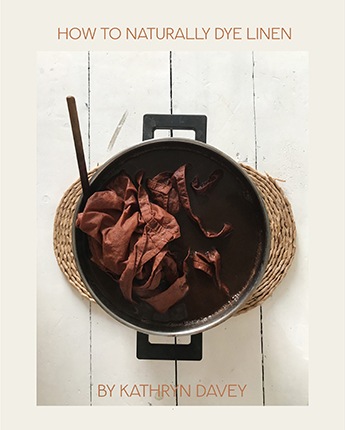
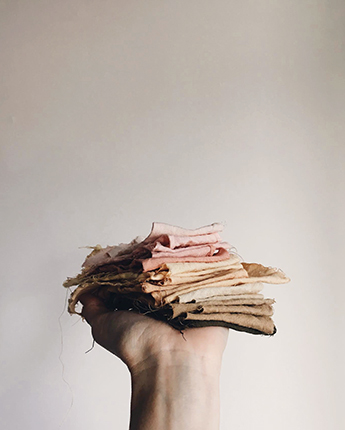

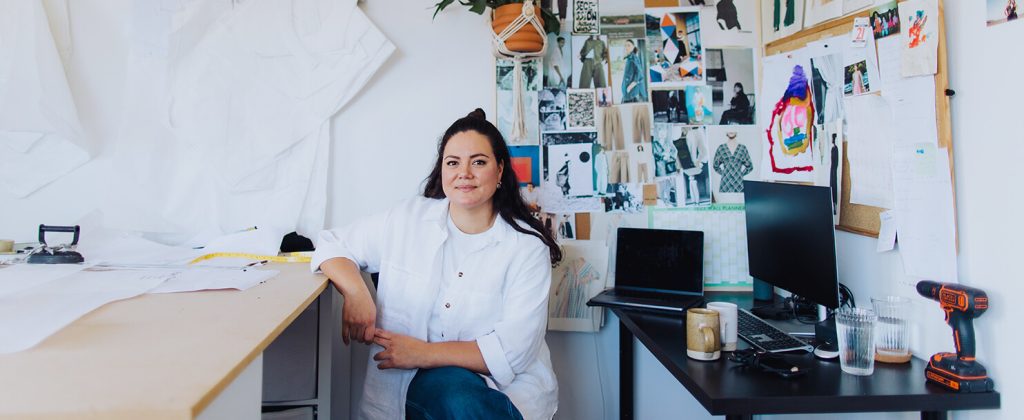
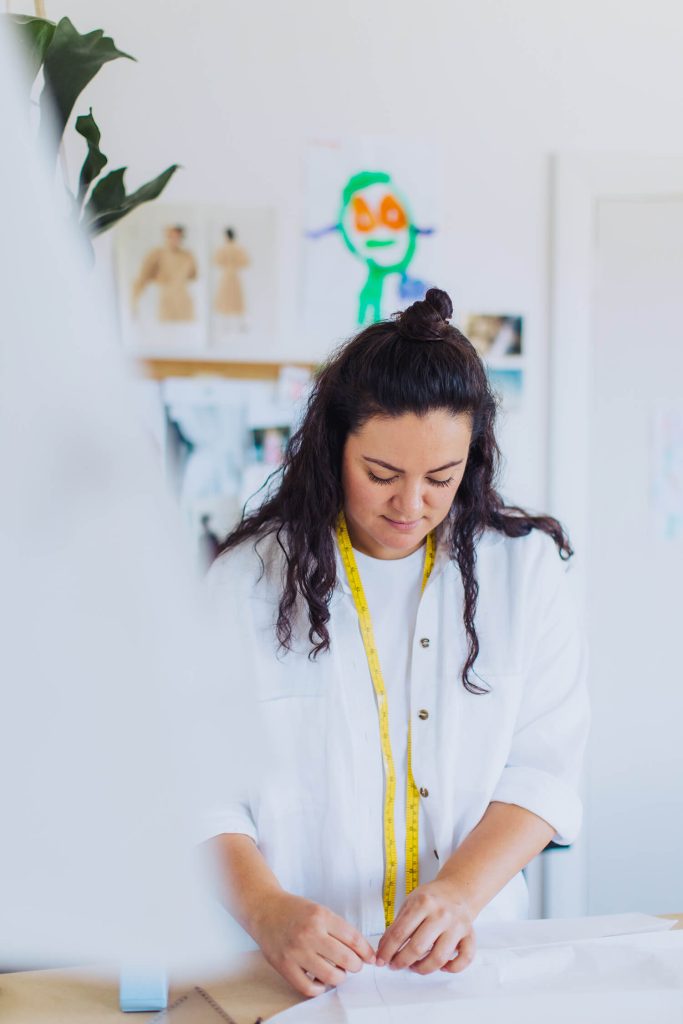
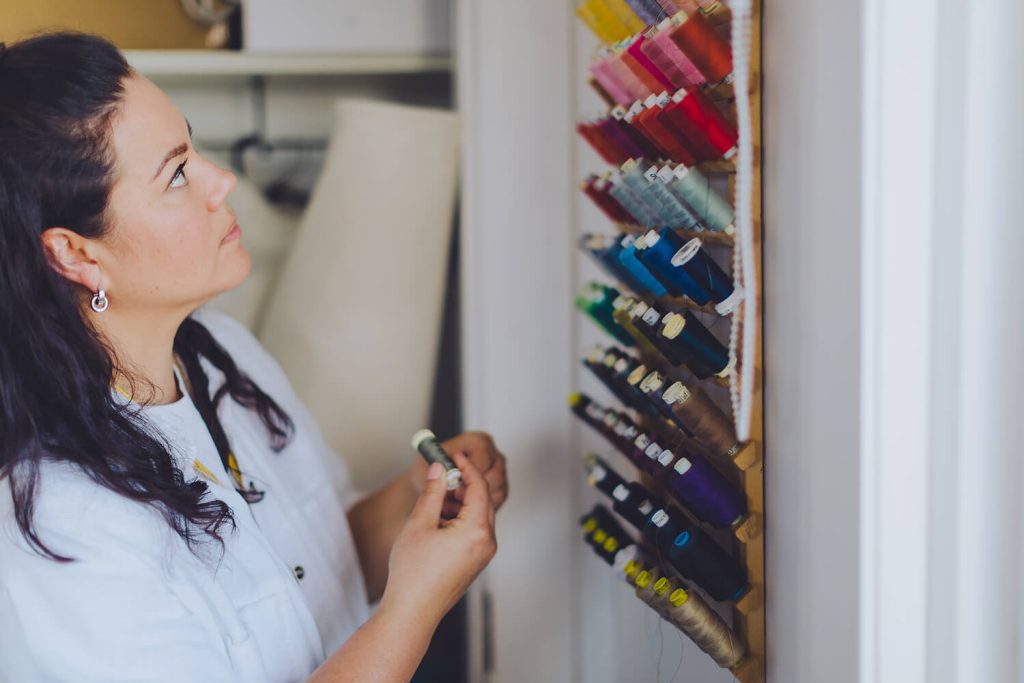
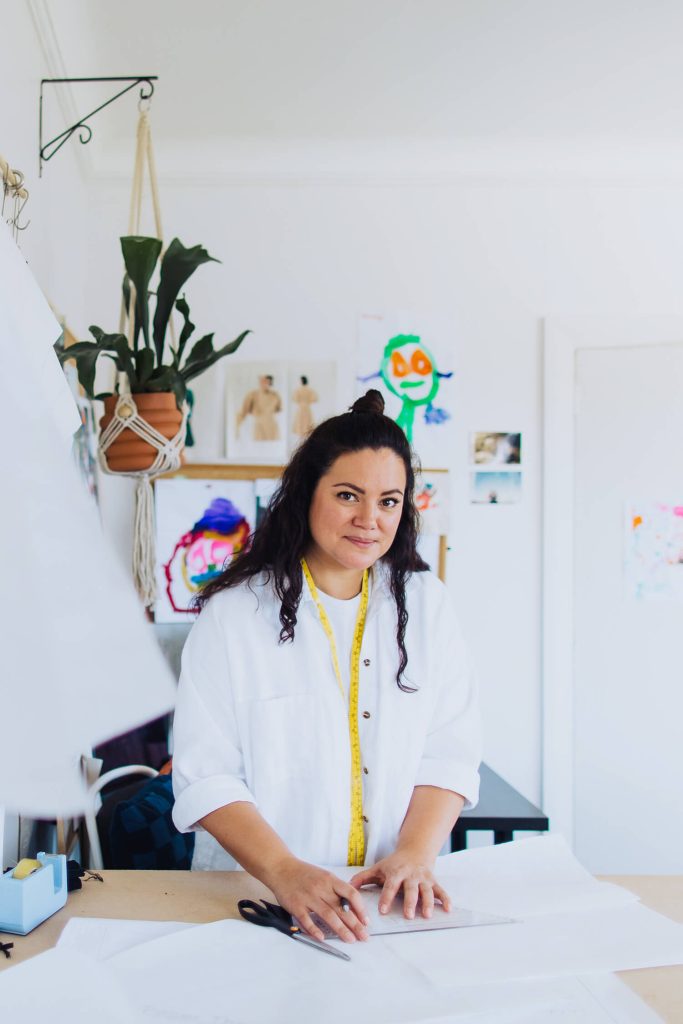
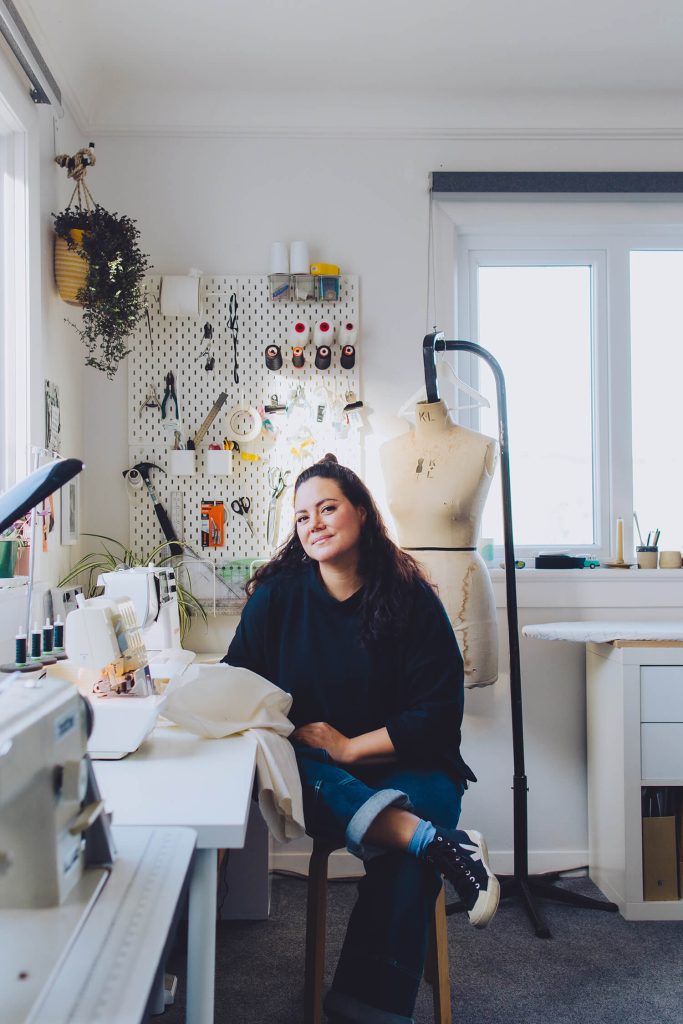
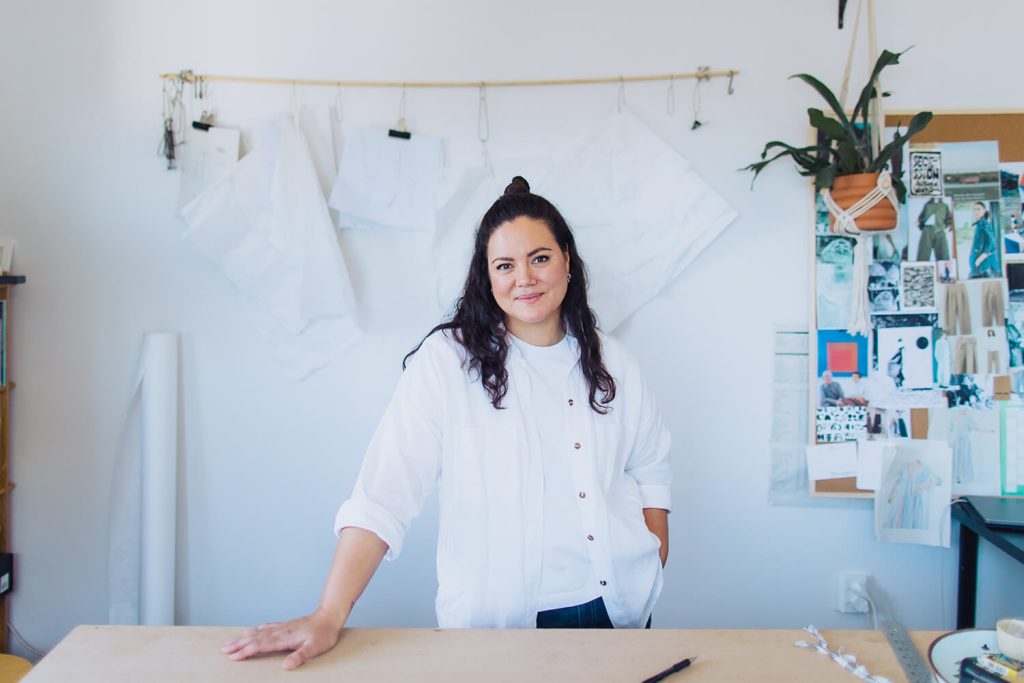
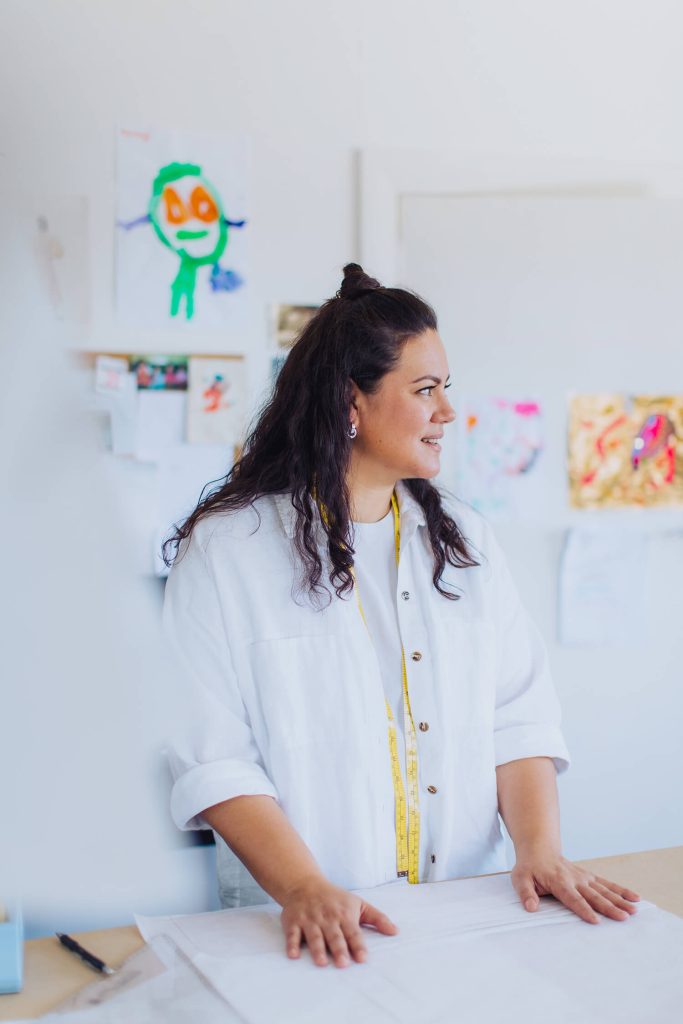
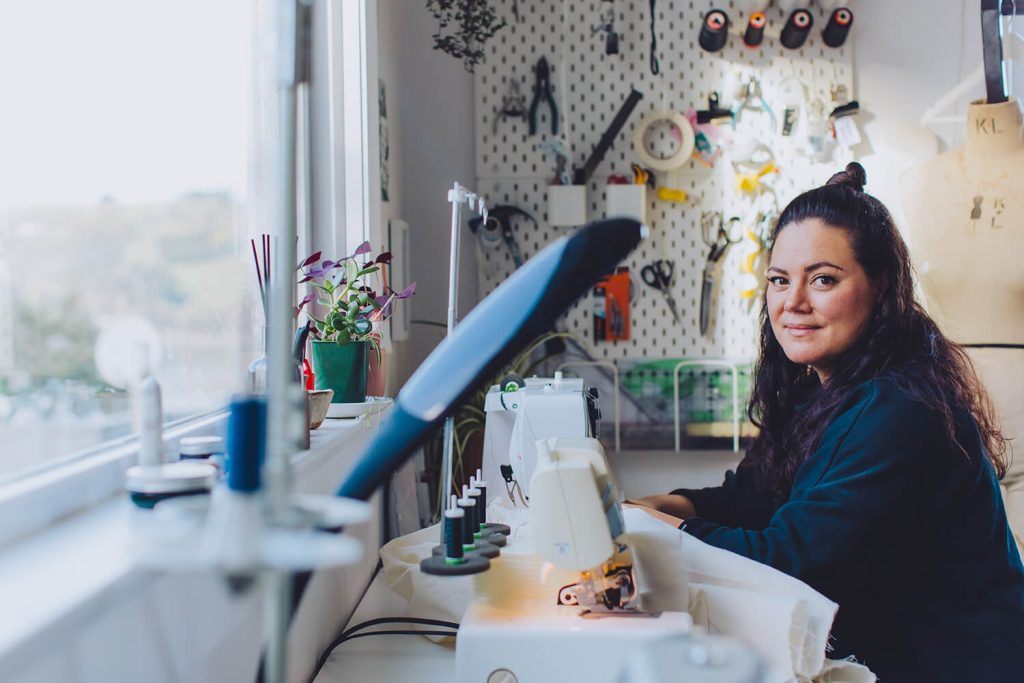
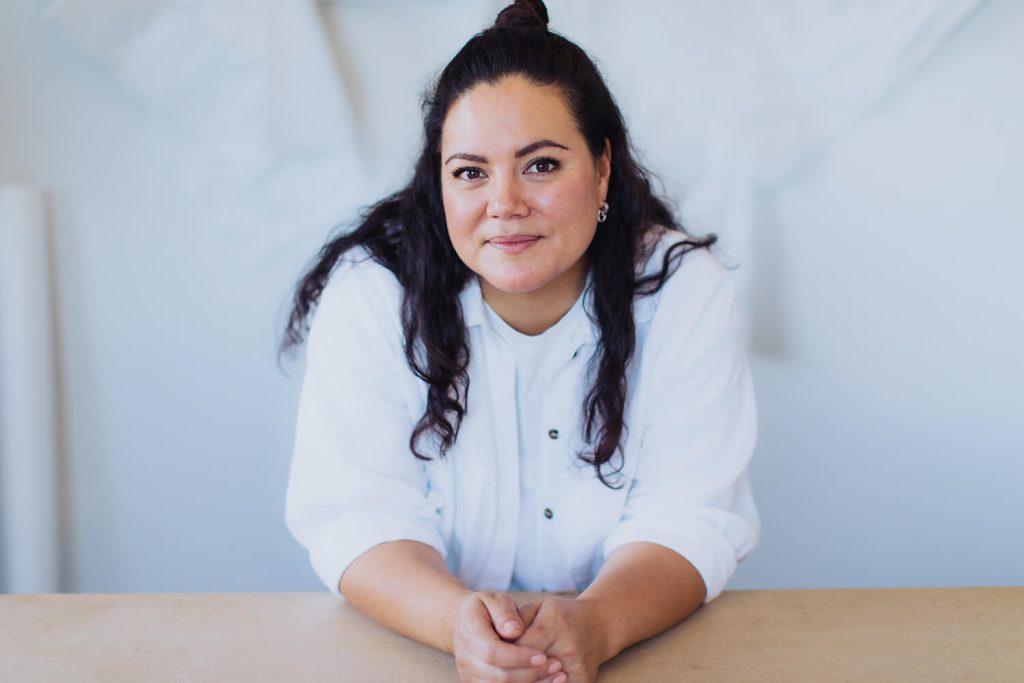
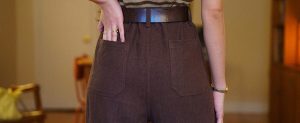

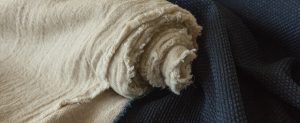
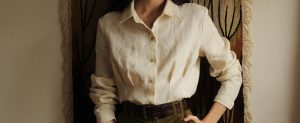






















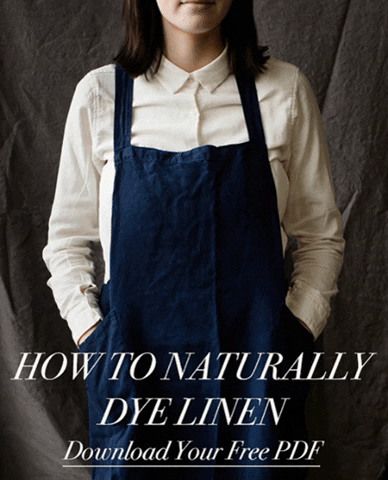
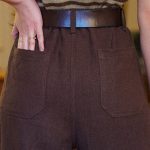
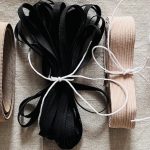


Leave a comment